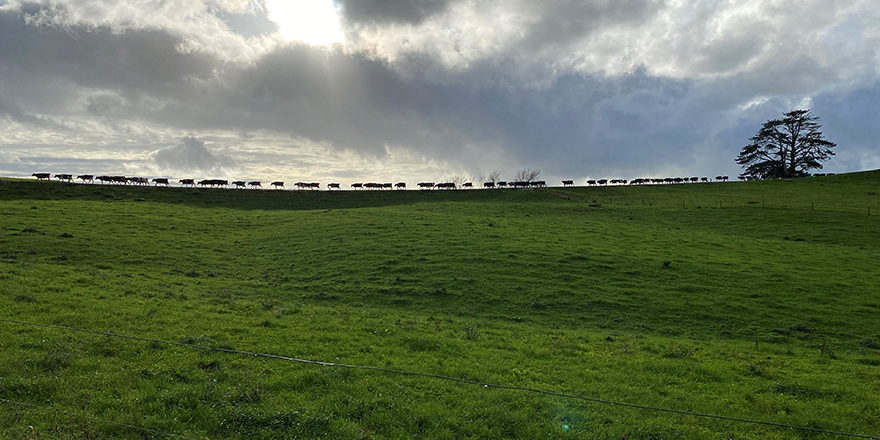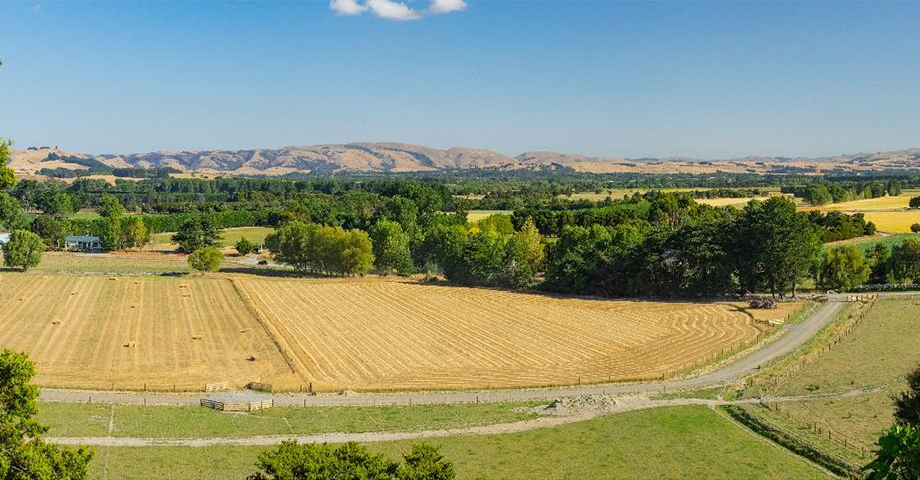
Executive summary
The dichotomy of shedding and woolly sheep breeds has become a ubiquitous well publicised topic. Outcomes of generational and incredibly complex macro environments have caused farmers to face difficult times. Through crisis, we are forced to become innovative to survive looking to other breeds and diversification. Amongst a continued global financial crisis, the latest report presents worsened forecasts directing the sector to a very negative financial outlook. (Beef and Lamb NZ, 2023-24). Although the outlook appears negative as an industry with innovative thinking and foresight there are options to counteract some of the downturn. (Scobie, D, 2022). Some farmers have had no choice but to take the initiative to make strategic business decisions to innovate and change their farming policy adapting to the current global economic and environmental situation. These decisions have had to increase productivity and reduce costs.
The purpose of the report is to encourage Changing the path of New Zealand Sheep Farming – The Revolutionary Road to Adaptive Shedding Sheep and a Sustainable Farming Strategy. The importance of this report is to authentically reveal and understand shedding sheep in their entirety outlining the benefits they bring financially, physically and environmentally.
The key question for this study is Shed or Shear?
- Understand Breed differences – Identifying pros and cons of shedding sheep and strong wool breeds.
- Breed Economic Comparisons – Evaluation of changing breeds and cost analysis.
- The Supply and Demand of Meat and Fibre – Supply, Demand and Consumer Perceptions.
- Drench Resistance Epidemic – Solutions through Genetics.
- Psychology and Resistance to Change – Farmer Sentiment and Innovation.
This report determines the change to shedding sheep will give financial and environmental stability and the wellbeing farmers deserve. Critical analysis of various research reports within a literature review state and outlines the benefits of shedding sheep collaborated with the findings presenting a potential for balance within the sector for those continuing to farm strong wool sheep. A questionnaire was completed by various sheep farmers and industry experts. This highlights the key findings of reasons to change to shedding sheep. These include reduced labour and all costs, enhanced animal health, welfare and ethical practices, higher productivity, reduced health and safety risks, enhanced farmer wellbeing and less environmental impact.
Anthelmintic resistance is a major productivity issue in sheep farming. Genetics, farming strategies and pasture management are effective measures of managing parasite burden. Resistance to change breeds is mostly traditional mindset, genetic barriers and the hope for the return of a decent wool revenue.
Rectifying wool returns would take masses of humanity’s mindset change to the use of Wool, reduction in supply chain costs, banning of synthetic fibres and/or sustainable standard enforcements for cooperations using fibre and a significant change to shedding sheep for any sheep farmers. All actions listed are necessary to create a significant demand for wool.
Future steps discovered through limitations will be to grow recently established shedding sheep breeder’s societies, genetic research and recording of shedding breeds, reveal evidence for urgency, communicate vision, remove obstacles, set genetic goals and targets and to build on genetic material and potential branding of shedding sheep meat.
Kate Kellick




